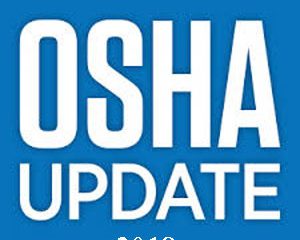SEXUAL VIOLENCE

The BE HEARD Act, a comprehensive bill meant to address and prevent workplace sexual harassment, was introduced in Congress on Tuesday by Sen. Patty Murray (D-WA), Rep. Katherine Clark (D-MA), Rep. Ayanna Pressley (D-MA), and other co-sponsors. The bill is proposed to close gaps within federal discrimination laws, such as the Civil Rights Act of 1964, as well as to provide resources and assistance to employers in preventing workplace harassment. The proposed legislation would extend protection to workers at small businesses, independent contractors, interns, LGBTQ workers, and volunteers, who were originally excluded from the protections of the Civil Rights Act of 1964. The bill also eliminates the tipped minimum wage, which perpetuates harassment within the workplace by compelling workers to endure harassment in order to pay their bills. The current federal minimum wage for tipped workers is only $2.13 an hour, instigating workers to rely on tips to make up the difference. In









